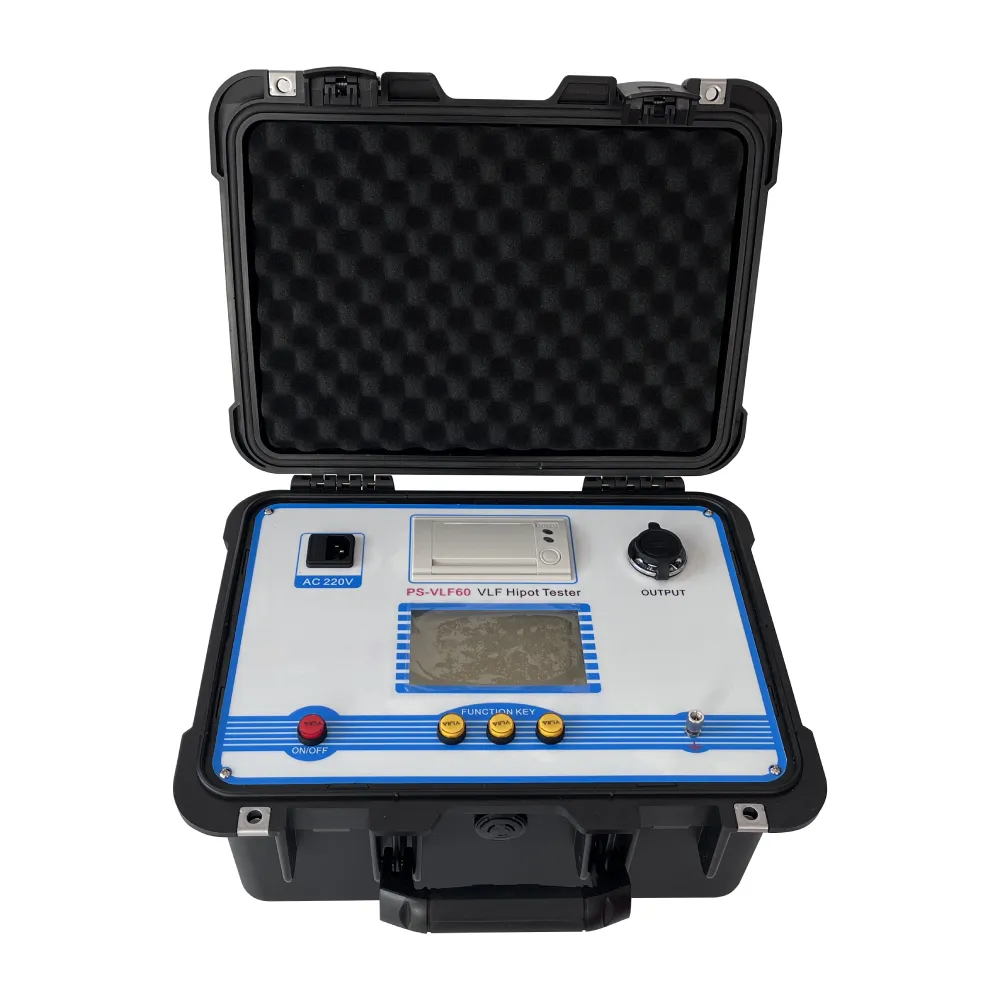 English
English


titration machine
The Role and Importance of Titration Machines in Modern Chemistry
Titration is a fundamental technique in analytical chemistry that allows scientists to determine the concentration of an unknown solution. Whether in educational laboratories, industrial settings, or research facilities, the titration process has been enhanced by the advent of titration machines. These automated devices streamline the titration process, ensuring precision, accuracy, and efficiency, vital in various fields such as pharmaceuticals, environmental monitoring, and food quality control.
Understanding Titration
Titration involves the gradual addition of a titrant—a solution of known concentration—to a sample solution until a chemical reaction reaches completion. The point at which this reaction occurs is known as the endpoint. Traditionally, titration processes required manual intervention, where a scientist would visually observe color changes or use indicators to determine the endpoint. However, this method is often subject to human error, which can lead to inaccurate results.
Automation in Titration
Titration machines automate this process, employing a variety of sensors and data analysis techniques to determine the endpoint accurately. By utilizing advanced technologies, these machines can dispense titrants precisely and record measurements digitally, reducing the potential for human error and increasing reproducibility. This level of automation not only saves time but also allows for the consistent handling of multiple samples simultaneously.
Key Features and Functions
Modern titration machines come equipped with sophisticated features that enhance their usability and accuracy. One of the most notable features is the use of pH meters or conductivity sensors that provide real-time feedback on the solution's state. These instruments can detect minute changes in the sample, allowing for precise endpoint determination. Additionally, many titration machines have integrated software that can analyze data immediately and generate reports, making the process seamless and efficient.
Another critical function of these machines is their versatility. They can be used for various types of titrations, including acid-base, redox, complexometric, and precipitation titrations. This adaptability makes them indispensable tools in many laboratories, where different analyses need to be performed using a single apparatus.
titration machine

Applications Across Industries
The applications of titration machines span numerous industries. In the pharmaceutical sector, titration is crucial for ensuring the quality and potency of drugs. By accurately measuring the concentration of active ingredients, manufacturers can meet safety standards and regulatory requirements. In environmental science, titration machines are used to analyze water quality, detecting pollutants or determining nutrient levels necessary for ecological balance.
Moreover, the food and beverage industry relies heavily on titration for quality control, where precise measurements ensure that products meet established health and safety standards. From determining acidity levels in soft drinks to measuring the concentration of preservatives in processed foods, titration machines play a crucial role in maintaining product integrity.
Future Trends in Titration Technology
As technology continues to advance, the future of titration is promising. Innovations in robotics and artificial intelligence are expected to further enhance the capabilities of titration machines. Future devices may incorporate machine learning algorithms that can learn from previous tests and improve their predictive accuracy, optimizing the titration process even further.
Additionally, the integration of biotechnology with titration could lead to new applications in medicine and environmental science. For example, titration machines may one day be able to analyze complex biological samples, providing insights into cellular processes or detecting pathogens with unprecedented accuracy.
Conclusion
In conclusion, titration machines represent a significant advancement in analytical chemistry, transforming a once labor-intensive process into an automated, precise, and efficient procedure. Their widespread applications across various industries highlight their importance in ensuring quality and safety in products we consume daily. As technology continues to evolve, these devices will likely become even more integral to scientific research and industrial processes, paving the way for greater innovations in the field. The future of titration and its applications is bright, promising enhanced accuracy and accessibility to analytical techniques that are crucial in our modern world.
-
Differences between open cup flash point tester and closed cup flash point testerNewsOct.31,2024
-
The Reliable Load Tap ChangerNewsOct.23,2024
-
The Essential Guide to Hipot TestersNewsOct.23,2024
-
The Digital Insulation TesterNewsOct.23,2024
-
The Best Earth Loop Impedance Tester for SaleNewsOct.23,2024
-
Tan Delta Tester--The Essential Tool for Electrical Insulation TestingNewsOct.23,2024





